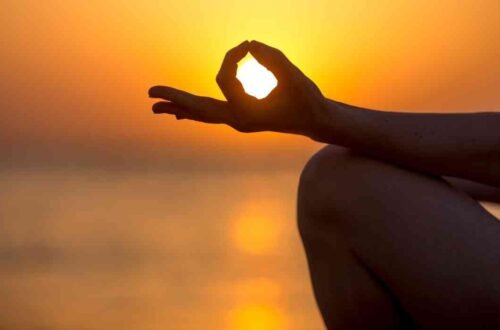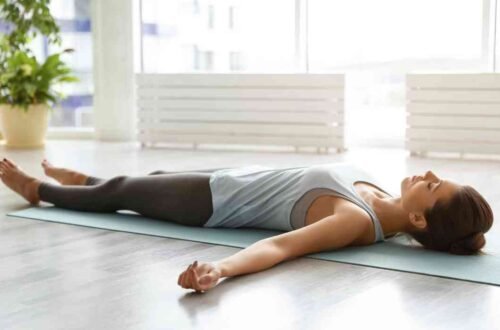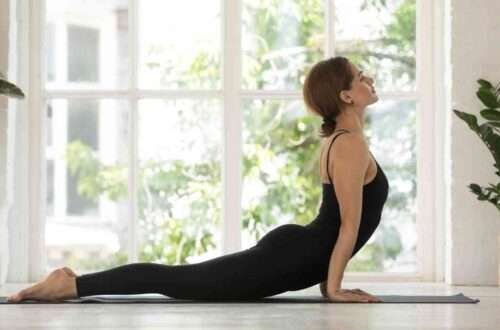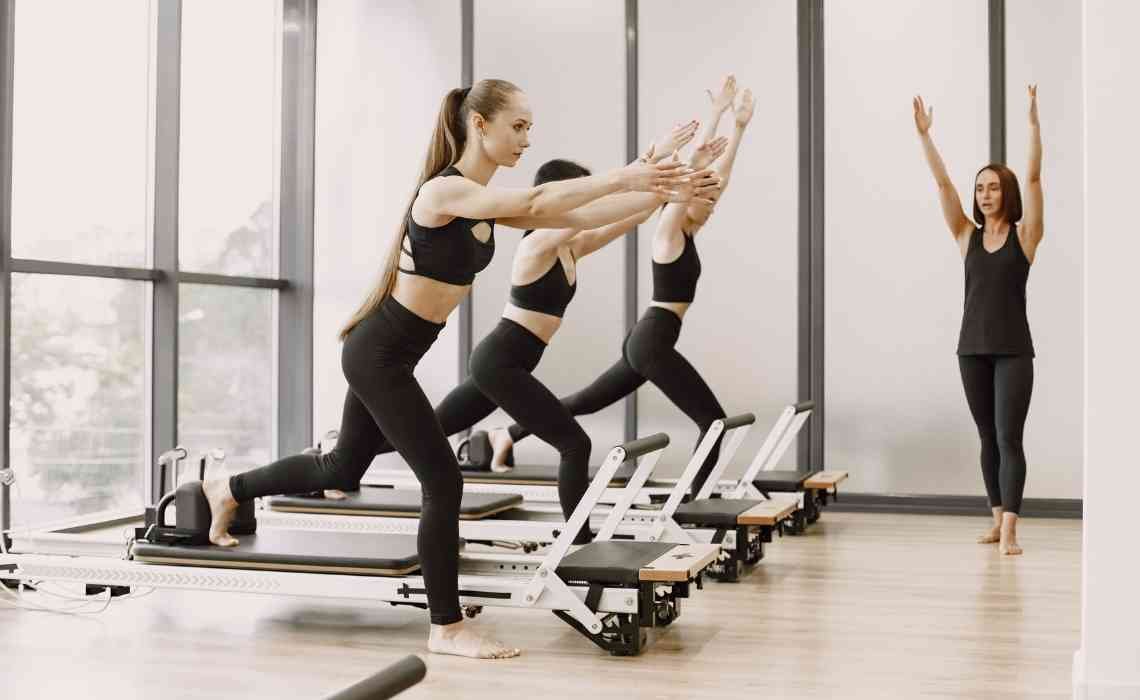
What Kind of Full-Body Workout is Pilates? Discover the Benefits
When you hear the word Pilates, you might wonder, “Is it stretching? Is it yoga? Or is it something else?” Today, let’s walk through what kind of full-body workout Pilates is and why it has become so popular for people of all ages.
What is Pilates?
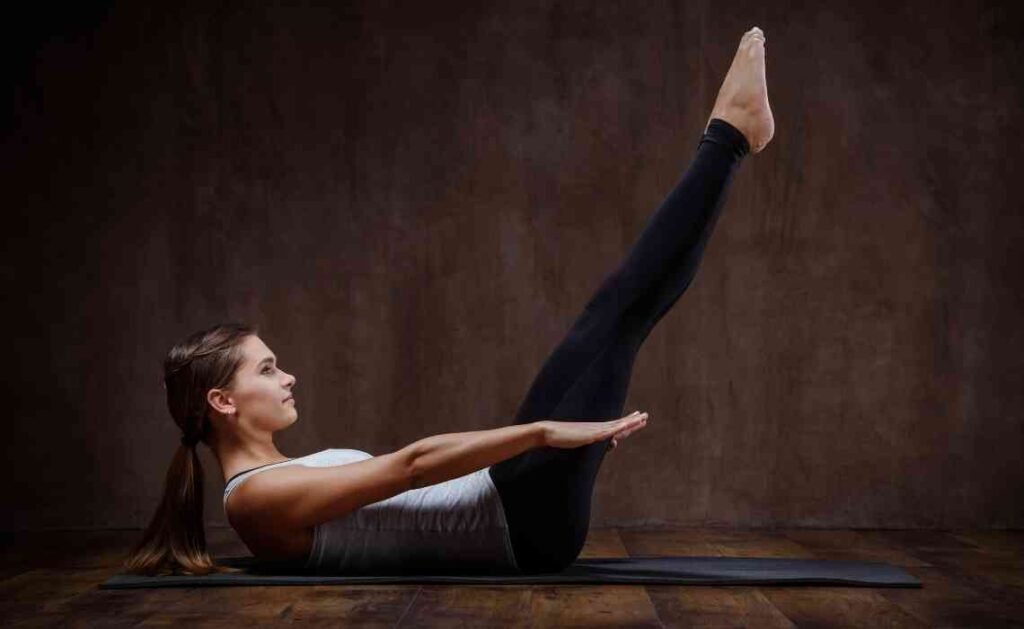
Pilates is a form of low-impact exercise. It mainly focuses on strengthening your muscles while improving flexibility and posture. Joseph Pilates, a German physical trainer, created it in the early 20th century to help people become stronger, move better, and recover from injuries.
Unlike some workouts where you lift heavy weights or run very fast, Pilates teaches you to control your movements carefully. It connects your mind and body, meaning you really pay attention to how your body moves.
How Did Pilates Start?
Joseph Pilates was a sick child. He had asthma and other health problems. To fight this, he studied exercises, yoga, and martial arts. Over time, he created his own workout system, which helped him get stronger and healthier.
During World War I, Joseph worked with injured soldiers. He used beds and springs to create resistance exercises for them. These early tools later became the Pilates machines we see today like the “Reformer.”
What Makes Pilates a Special Workout?
Pilates is not just about moving. It is about moving correctly. Every exercise you do in Pilates trains your whole body to work better together. It is not just your legs or arms working; it’s everything — your core, your back, your legs, your arms, and even your mind.
Because Pilates uses slow, thoughtful movements, it helps improve balance, coordination, and even breathing.
The Main Parts of a Pilates Workout
When you do Pilates, you focus on six key ideas, often called “principles”:
- Concentration: You must really focus on every movement.
- Control: Every move you make should be slow and steady, not jerky.
- Centering: You always move from your “center,” or your core muscles.
- Flow: Movements should be smooth, not rushed.
- Precision: Do each move carefully and exactly.
- Breath: You learn to breathe properly with each movement, filling your lungs deeply and fully.
When you follow these principles, your muscles get strong without getting bulky. You also become more flexible and balanced.
Two Main Types of Pilates Workouts
There are two major ways you can do Pilates:
- Mat Pilates:
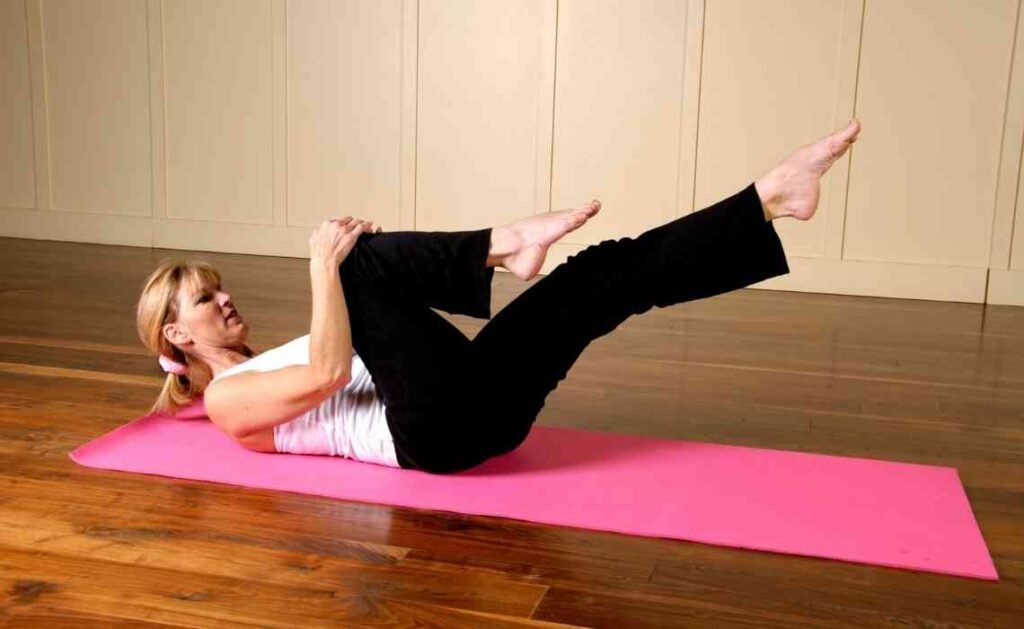
You do exercises on a yoga mat, using your own body weight for resistance. Sometimes small props like balls, bands, or rings are added.
- Equipment Pilates (also called Reformer Pilates):
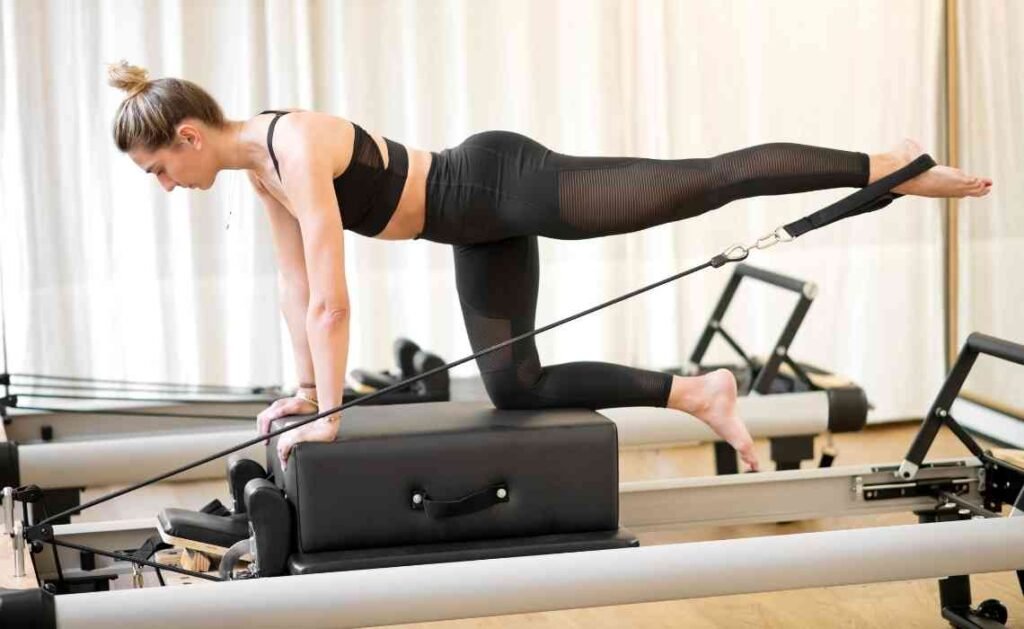
You use special machines like the Reformer, Cadillac, or Wunda Chair. These have springs that provide different levels of resistance to make exercises easier or harder.
Both types work your body well. Beginners usually start with mat Pilates before trying machines.
What Kind of Exercises Do You Do in Pilates?
Some popular Pilates exercises include:
The Hundred: You lie on your back, lift your head and legs slightly, and pump your arms up and down while breathing.

Roll-Up: You lie flat and slowly roll your body up to sit, then roll back down.
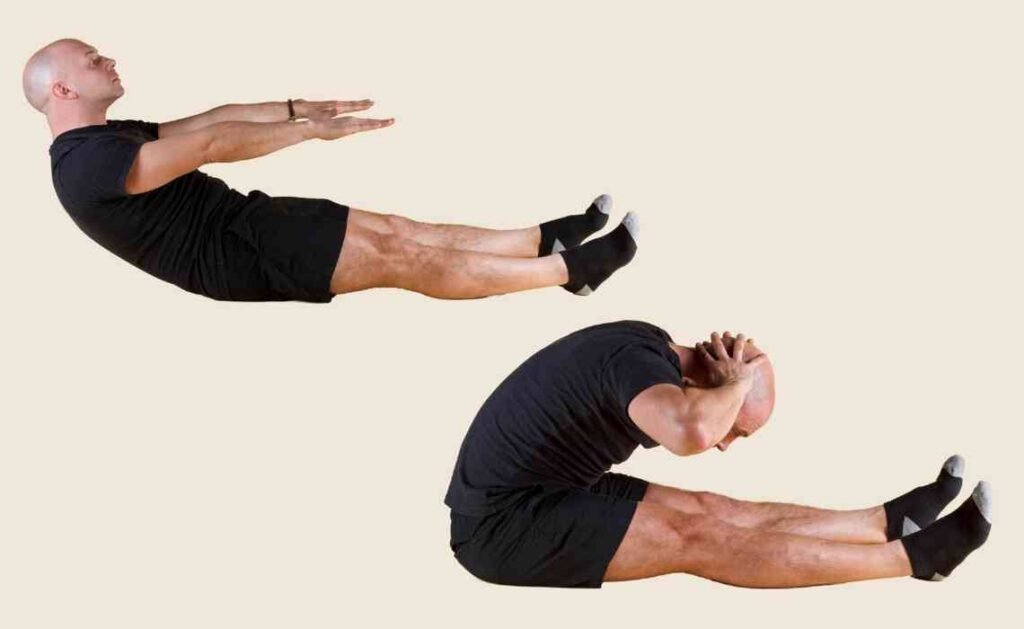
Leg Circles: Lying down, you make big, smooth circles with one leg at a time.
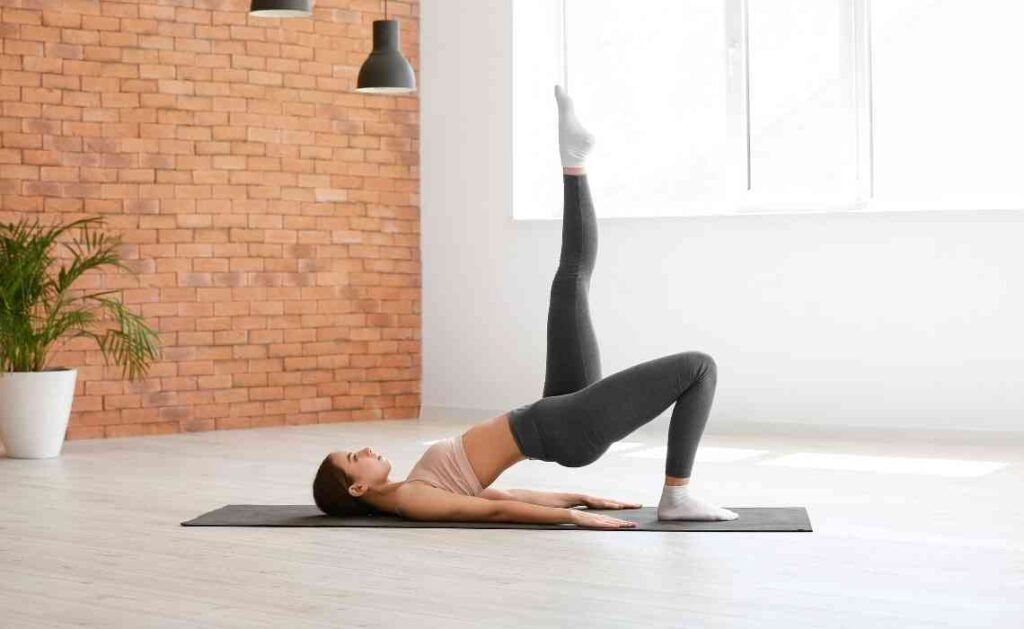
Plank: Like a push-up but you stay still, keeping your body straight like a board.
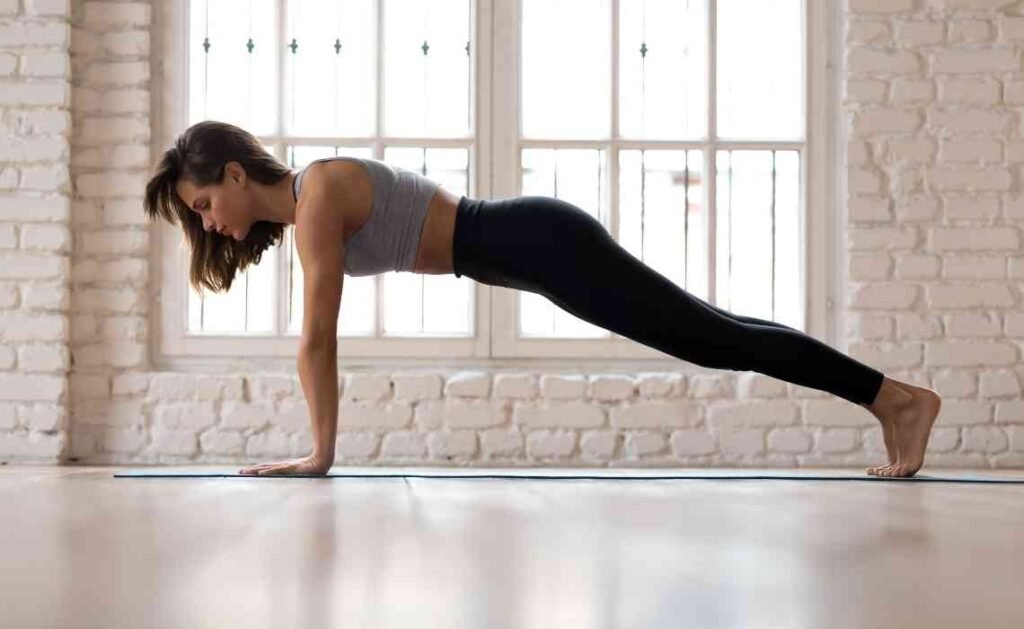
Swan: You lie on your stomach and lift your head and chest up like a stretching swan.
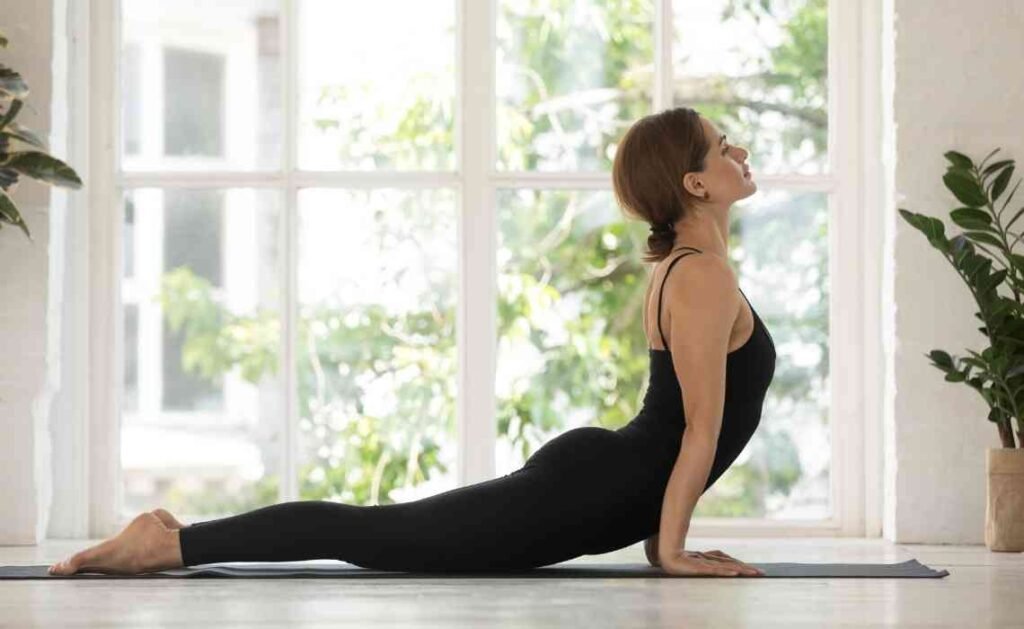
Each exercise is simple, but when done with care, it becomes powerful.
Who Can Do Pilates?
The great thing about Pilates is that it fits almost everyone! Whether you are young or old, a beginner or a trained athlete, you can benefit.
Pilates is especially helpful if you:
- Want a workout that is easy on your joints.
- Are recovering from an injury.
- Have back pain or bad posture.
- Want to strengthen your core muscles.
Because Pilates is gentle, it is also good for pregnant women and older adults. Of course, it is always important to talk to a doctor before starting any new exercise program.
What Muscles Does Pilates Work?
Pilates mainly targets the “core” muscles. Your core includes your belly, back, hips, and the muscles around your pelvis.
But that’s not all. Pilates also tones:
- Arms
- Shoulders
- Thighs
- Calves
- Glutes (your bottom)
Instead of working one muscle hard and ignoring the others, Pilates trains your muscles to work together smoothly.
Benefits of Doing Pilates
Here are some amazing things Pilates can do for your body and mind:
- Stronger Core: A strong core supports your whole body. It protects your back and improves your balance.
- Better Posture: When your core is strong, you naturally stand taller and sit straighter.
- More Flexibility: Slow, stretching movements help make your muscles longer and more flexible.
- Less Stress: Focusing on breathing and moving mindfully helps you relax.
- Injury Prevention: By making muscles stronger and movements smoother, Pilates can lower your risk of injuries.
- Better Coordination: Moving with control teaches your muscles to work together better.
How is Pilates Different from Other Workouts?
You might wonder how Pilates is different from yoga, stretching, or lifting weights.
- Pilates vs. Yoga: Both focus on flexibility and breathing. But Pilates is more about strengthening your core, while yoga focuses more on holding poses and calming your mind.
- Pilates vs. Weightlifting: In weightlifting, you often work one muscle group at a time. Pilates trains your whole body to move as one unit.
- Pilates vs. Cardio Workouts: Cardio workouts like running or cycling make your heart beat faster. Pilates focuses more on strength, balance, and flexibility. However, you can still get your heart rate up during a fast-paced Pilates class!
Do You Need Special Equipment for Pilates?
Not really! To start with mat Pilates, you only need a good exercise mat. Some classes use small tools like:
- Resistance bands
- Pilates rings
- Small weights
- Balance balls
If you join a studio with machines like Reformers, you can try even more exercises. But for home practice, a mat and maybe a resistance band are enough.
How Often Should You Do Pilates?
Most experts recommend doing Pilates two to three times a week. This gives your muscles time to rest and get stronger.
You might see results like feeling stronger or more flexible in just a few weeks. But the real magic happens when you stay consistent over months and years.
Tips for Beginners
If you are new to Pilates, here are some simple tips:
- Start slow: Learn the basic moves first. It’s better to do exercises correctly than to rush.
- Focus on form: Pay close attention to your body’s alignment. This keeps you safe and helps you get the most benefits.
- Listen to your body: Some moves might feel challenging, but they should never hurt. Stop if something feels wrong.
- Practice breathing: Good breathing gives you more energy and keeps you relaxed.
- Be patient: Your body needs time to get used to the new movements. Celebrate small improvements along the way.
Is Pilates Right for You?
Pilates is a full-body workout that strengthens your muscles, improves your flexibility, and helps you move better. It is low-impact, meaning it is gentle on your joints. Whether you are looking to heal from an injury, build a strong core, or simply feel better every day, Pilates can be a great choice.
Even if you only have a little time, adding a short Pilates session to your day can make a big difference. It’s like giving your body a tune-up so everything works better together.
Remember, every expert was once a beginner. So, grab a mat, take a deep breath, and give Pilates a try. Your body will thank you!



